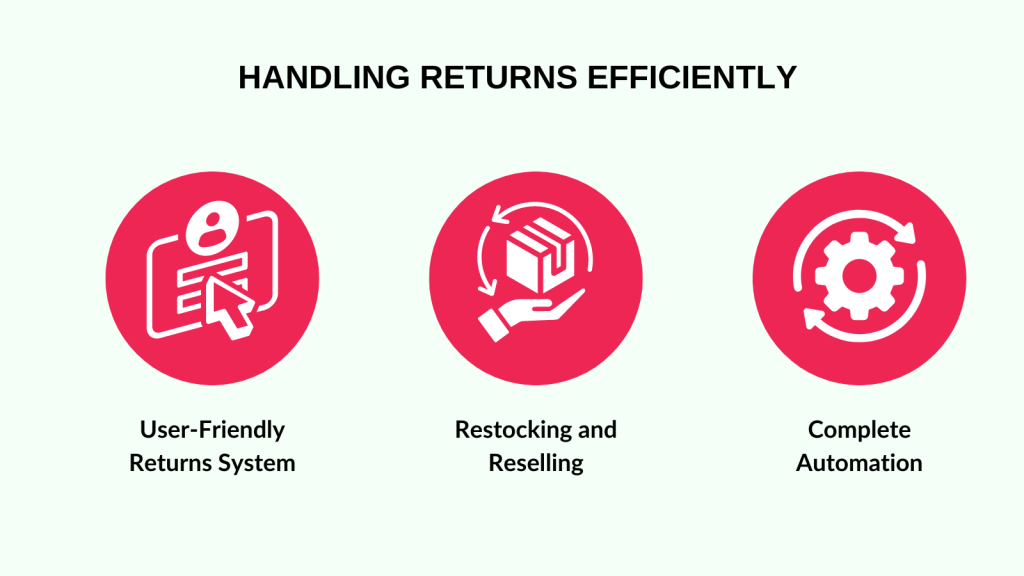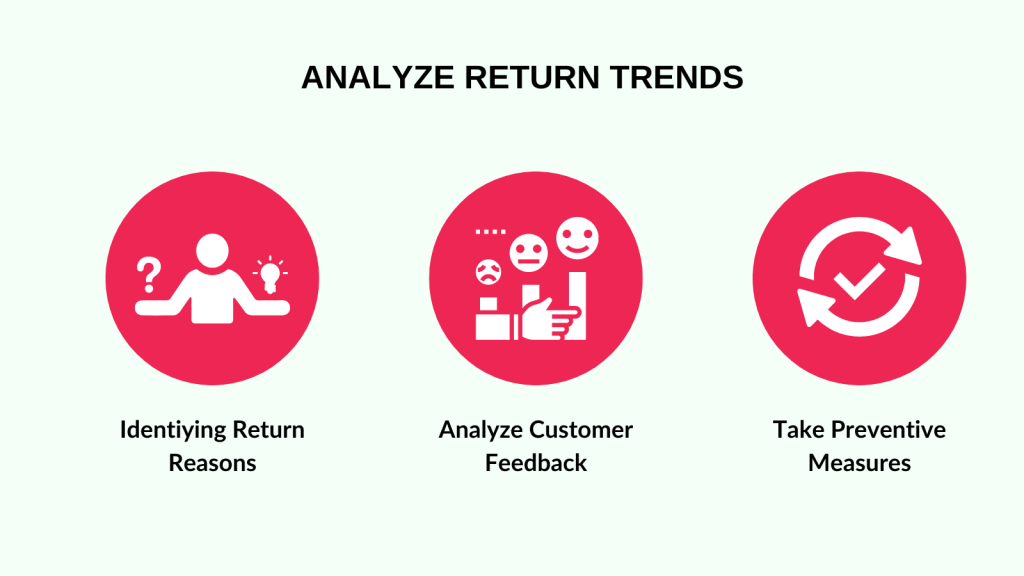Dropshipping, a modern marvel of entrepreneurship, has revolutionized the way businesses operate in the digital age. This innovative business model has empowered countless individuals to venture into e-commerce with minimal risk and investment. Yet, amidst the allure of its convenience lies a challenge that every dropshipper inevitably faces: managing returns effectively.
Based on findings from the Grand View Research report, the global dropshipping market reached a value of USD 225.99 billion in 2022. Projections indicate a robust compound annual growth rate (CAGR) of 23.4% from 2023 to 2030, signifying sustained expansion within the industry.
In the intricate dance of online commerce, where products traverse vast digital highways to reach customers worldwide, returns are an inevitable part of the journey. However, handling dropshipping returns requires a delicate balance of strategy and efficiency to navigate successfully. In this guide, we’ll unravel the complexities of managing dropshipping returns and unveil strategic approaches to minimize their impact on your business.
What is Dropshipping Returns?
In essence, dropshipping returns encompass the intricate processes involved in managing product returns within a dropshipping business framework. Unlike traditional retail models, where retailers maintain physical inventories and oversee returns directly, dropshipping entails a unique dynamic where returns are often managed by suppliers or third-party logistics partners.
Importance of Managing Dropshipping Returns Effectively
Effectively managing returns in dropshipping isn’t merely about logistical efficiency; it’s a critical aspect of maintaining customer satisfaction and preserving brand reputation. In the digital marketplace, where consumers have come to expect seamless experiences, mishandled returns can quickly sour relationships, leading to negative reviews and lost business.
By prioritizing the customer experience throughout the returns process, dropshippers can not only retain existing customers but also attract new ones through positive word-of-mouth and online recommendations. Moreover, a strong emphasis on returns management signals a commitment to quality and reliability, giving dropshippers a competitive edge in a crowded marketplace where trust is paramount.
Moreover, a proactive approach to returns management enables dropshippers to identify and address underlying issues, driving continuous improvement in product quality, customer service, and overall business operations. Ultimately, by mastering the art of returns management, dropshippers can not only navigate the complexities of the e-commerce landscape but also thrive and grow in an ever-changing marketplace.
Strategies for Minimizing Returns:
1. Quality Control
- Inspecting products before shipping: Prioritize thorough inspections of products before they are shipped to customers to identify any defects or issues that could lead to returns.
- Providing accurate product descriptions and images: Ensure that product descriptions and images are detailed and accurate to set realistic expectations for customers, reducing the likelihood of returns due to discrepancies.
- Partnering with reliable suppliers: Collaborate with reputable suppliers who prioritize quality control to minimize the risk of receiving defective or substandard products.
2. Customer Communication
- Offering clear return policies: Clearly communicate return policies to customers, including information on return eligibility, procedures, and timelines, to facilitate a transparent and hassle-free returns experience.
- Providing excellent customer service: Offer responsive and helpful customer service to address any inquiries or concerns promptly, potentially resolving issues and minimizing the need for returns.
- Addressing customer concerns promptly: Actively engage with customers to address any concerns or issues they may have, demonstrating a commitment to customer satisfaction and retention.
Handling Returns Efficiently


1. Streamlining the Returns Process
- Implementing a user-friendly returns system: Simplify the returns process by providing customers with an intuitive and easy-to-use returns portal, allowing them to initiate and track returns seamlessly. EcoReturns is an AI-Powered Returns Management solution that helps you completely automate the return process.
- Providing prepaid return labels: Offer prepaid return labels to customers to facilitate the returns process and minimize friction, encouraging them to initiate returns promptly.
- Automating return processing: Automate as much of the return processing as possible to streamline operations, reduce manual errors, and expedite the resolution of returns.
2. Restocking and Reselling Returns
- Assessing returned products for resale: Thoroughly assess returned products to determine their condition and suitability for resale, ensuring that only quality products are reintroduced into inventory.
- Offering refurbished products at a discount: Refurbish returned products if necessary and offer them at a discounted price to recoup losses and minimize waste, providing value to cost-conscious customers.
- Donating or recycling unsellable items: Responsibly dispose of or recycle unsellable items to minimize environmental impact and contribute to sustainability efforts, aligning with ethical business practices.
Analyzing Return Data


1. Tracking Return Trends
- Identifying common reasons for returns: Analyze return data to identify recurring reasons for returns, such as product defects or shipping errors, enabling you to address underlying issues proactively.
- Monitoring return rates by product category: Track return rates by product category to identify trends and patterns, allowing you to make informed decisions regarding product selection, sourcing, and marketing strategies.
- Analyzing customer feedback for insights: Pay attention to customer feedback associated with returns to gain valuable insights into areas for improvement, enabling you to refine product offerings and enhance the overall customer experience.
2. Using Data to Improve Operations
- Adjusting product descriptions based on feedback: Incorporate customer feedback into product descriptions to provide more accurate and informative details, reducing the likelihood of returns due to mismatched expectations.
- Updating supplier agreements to reduce defects: Collaborate closely with suppliers to address quality issues and implement measures to reduce defects and improve product quality, fostering stronger partnerships and enhancing product reliability.
- Implementing preventive measures to reduce returns: Proactively identify and address potential issues that could lead to returns, such as packaging damage or shipping delays, implementing preventive measures to minimize returns and enhance customer satisfaction.
In conclusion, effectively managing dropshipping returns requires a multifaceted approach encompassing proactive strategies to minimize returns, efficient processes to handle returns effectively, and data-driven insights to drive continuous improvement. By implementing the strategies outlined in this guide, dropshipping businesses can enhance customer satisfaction, reduce operational costs, and build a reputation for reliability and quality in the competitive e-commerce landscape. Remember, prioritizing customer satisfaction in the returns process is not just good business practice; it’s a key driver of long-term success in dropshipping.



